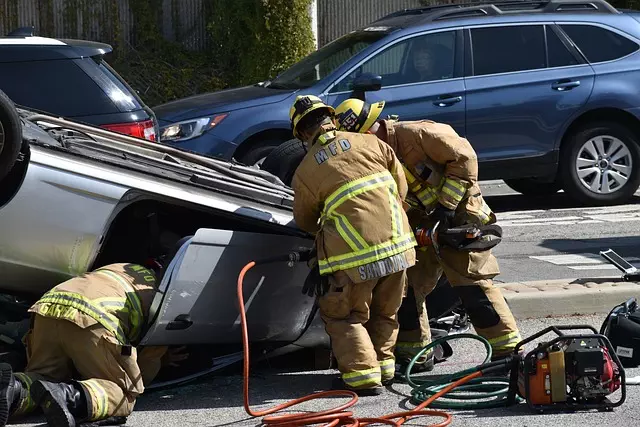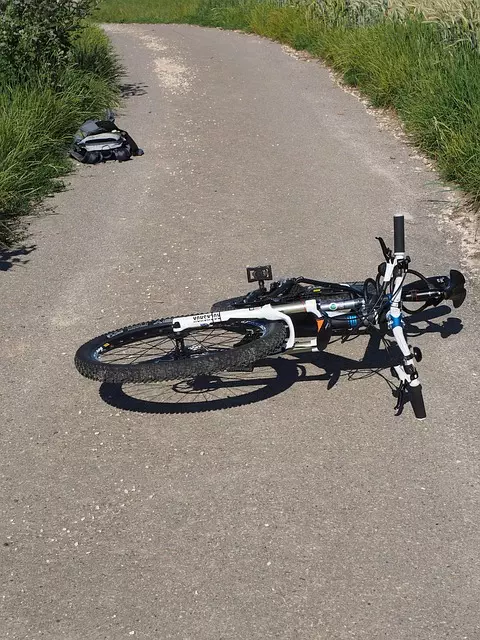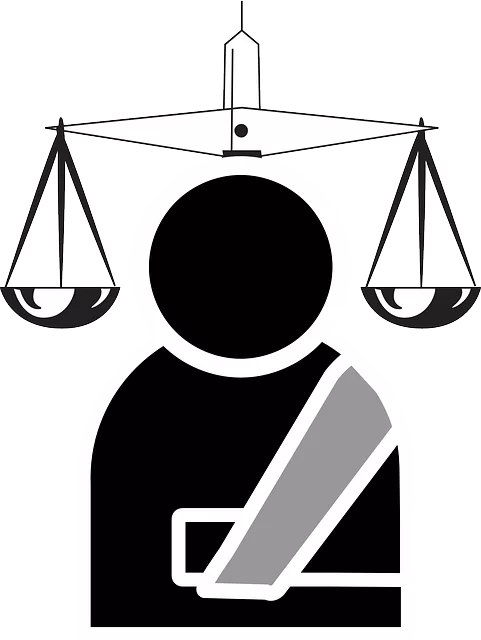In Manhattan, cyclists and drivers have equal legal rights and responsibilities aimed at safe road sharing. Cyclists can use full lanes and hand gestures for signaling, while drivers must yield during turns and maintain safe passing distances. Burn Iury Attorneys NYC advocates for cyclist protection, emphasizes traffic rules compliance, and reminds all road users of their predictability to enhance safety. In case of an accident, cyclists should prioritize safety (exchange contact details, document the scene), understand right-of-way rules, and promptly consult Burn Iury Attorneys NYC for legal support.
In Manhattan, cyclists face unique challenges navigating dense traffic and bustling city streets. Understanding your rights as a cyclist is crucial for safety and peace of mind. This article serves as an all-encompassing guide for both seasoned riders and newcomers, delving into the legal framework governing cycling in NYC, safe practices for urban navigators, and steps to take after accidents. Knowledgeable advice from burn iury attorneys NYC emphasizes the importance of recognizing and asserting your rights on the road.
- Understanding Cyclist Rights in Manhattan: An Overview for Road Users
- The Legal Framework: Burn & Iury Attorneys NYC and Bicycle Law
- Navigating Manhattan's Roads: Safe Cycling Practices for All
- When Accidents Happen: What to Do and Who to Contact
Understanding Cyclist Rights in Manhattan: An Overview for Road Users

In Manhattan, cyclists have specific rights and protections under the law, designed to ensure safe coexistence with other road users. Understanding these rights is crucial for both cyclists and motorists alike. Cyclists are considered drivers of vehicles and, therefore, have the same rights and responsibilities as car drivers. This includes the right to occupy a full lane when necessary, especially when passing or turning. They can also signal their intentions using hand gestures, just like drivers do.
When navigating Manhattan’s busy streets, it’s essential for other road users to be aware of cyclists’ rights. Burn iury attorneys in NYC emphasize that sharing the road requires mutual respect and consideration. Drivers should yield to cyclists when making turns or changing lanes, and they must maintain a safe distance, especially when passing. By understanding and respecting these rights, everyone can contribute to creating a safer environment for all road users, including cyclists.
The Legal Framework: Burn & Iury Attorneys NYC and Bicycle Law

In Manhattan, cyclists’ rights and responsibilities are governed by state and local laws, with significant implications for safety and accountability. Burn & Iury Attorneys NYC, renowned for their expertise in bicycle law, plays a crucial role in advocating for riders’ legal protections. The firm’s understanding of New York City’s traffic regulations ensures that cyclists have a clear right of way in many situations, especially on designated bike lanes and paths. This legal framework not only empowers cyclists but also holds drivers accountable for sharing the road safely.
By staying abreast of changing laws and regulations, Burn & Iury Attorneys NYC helps to promote a culture of respect and cooperation between cyclists and motorists. Their work highlights the importance of adhering to traffic signals, stop signs, and yield requirements, ensuring that everyone on Manhattan’s roads follows the same rules for a more secure cycling experience.
Navigating Manhattan's Roads: Safe Cycling Practices for All

Navigating Manhattan’s dense urban landscape on a bicycle requires a keen awareness of traffic laws and safe cycling practices. Cyclists have a right of way, but they also share responsibilities to ensure their safety and that of others. In this bustling metropolis, understanding when and where to ride is crucial. Cyclists should utilize designated bike lanes whenever available, staying within their lane to avoid potential conflicts with motor vehicles. When there are no dedicated lanes, riders must position themselves in the middle of the lane, making it easier for drivers to pass while still keeping a safe distance.
New Yorkers and visitors alike must remember that cyclists are vulnerable road users. Burn iury attorneys NYC emphasize the importance of predictable behavior; cyclists should signal turns and use hand gestures to communicate intentions clearly to motorists. Always wear a helmet, ensure your bike is well-maintained, and be visible to drivers by wearing reflective clothing or using lights during low-light conditions. By adhering to these safe cycling practices, riders can significantly reduce risks and contribute to a more harmonious sharing of Manhattan’s roads.
When Accidents Happen: What to Do and Who to Contact

In the event of an accident, it’s crucial to act swiftly and responsibly. Cyclists in Manhattan should first assess their safety and that of others involved. If anyone is injured, call emergency services immediately. For less severe incidents, exchange contact information with the other party—including license plate numbers if possible. Documenting the scene with photos can also be beneficial.
When determining liability, remember that cyclist right-of-way rules exist for a reason. If you were adhering to these rules and the accident was not your fault, promptly contact experienced burn iury attorneys in NYC who specialize in cycling cases. They can guide you through the legal process, ensure your rights are protected, and help secure any compensation you may be entitled to.
Cyclists have a right to share Manhattan’s roads, and understanding their legal framework is crucial for both cyclists and other road users. As discussed in this article, the laws in New York City, with the support of reputable firms like Burn & Iury Attorneys NYC specializing in bicycle law, ensure that cyclists have a safe and fair experience on city streets. By adhering to safe cycling practices and being aware of their rights, riders can navigate Manhattan’s bustling roads with confidence. In case of accidents, knowing who to contact is essential for seeking justice and compensation. Always remember, the right to cycle safely is a fundamental aspect of New York City’s diverse transportation landscape.
